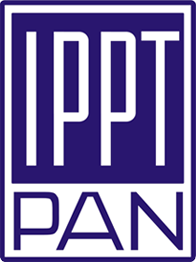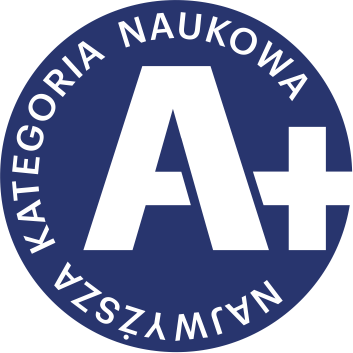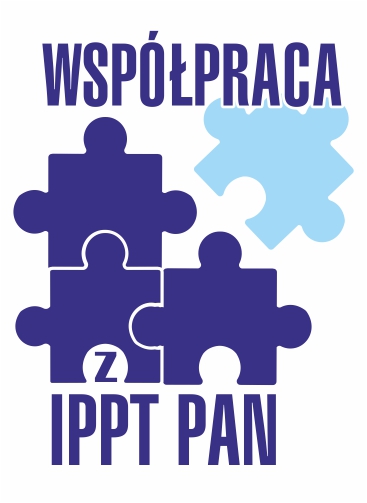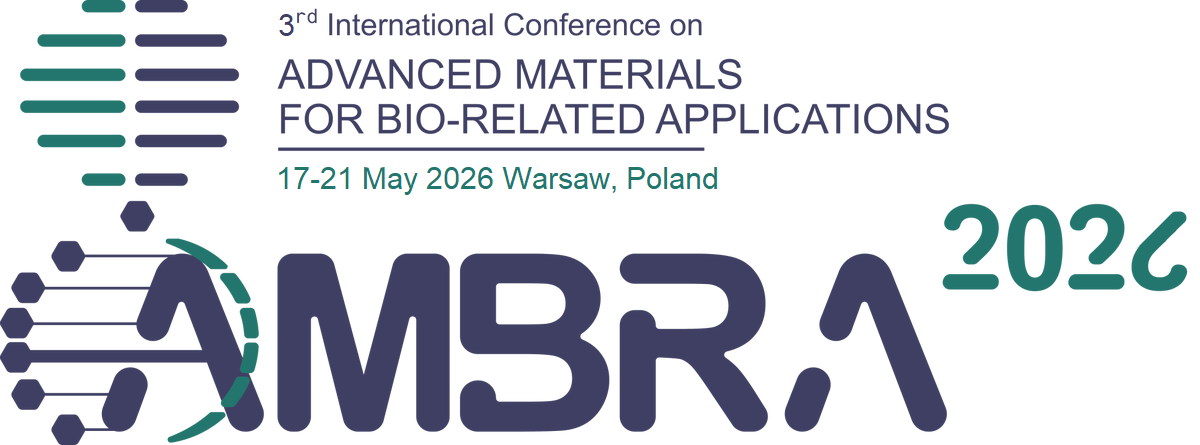| 1. |
Kaniuk Ł.♦, Ferraris S.♦, Spriano S.♦, Luxbacher T.♦, Krysiak Z.♦, Berniak K.♦, Zaszczyńska A., Marzec M.M.♦, Bernasik A.♦, Sajkiewicz P., Stachewicz U.♦, Time-dependent effects on physicochemical and surface properties of PHBV fibers and films in relation to their interactions with fibroblasts,
APPLIED SURFACE SCIENCE, ISSN: 0169-4332, DOI: 10.1016/j.apsusc.2021.148983, Vol.545, pp.148983-1-13, 2021 Streszczenie:
Biodegradability or materials physicochemical stability are the key biomaterials selection parameters for various medical and tissue engineering applications. Poly(3-hydroxybutyrate-co-3-hydroxyvalerate) (PHBV) is a natural copolymer known from its biocompatibility with great support for cells growth and attachment on films and fibers. In our studies, the physicochemical properties of electrospun PHBV fibers and spin-coated films aged for 1, 4 and 8 weeks were analyzed using bulk (FTIR) and surface chemistry (XPS) methods and water contact angle. Further, we characterized the zeta potential changes after aging, by means of electrokinetic measurements, and cell responses to it, using NIH 3T3 murine fibroblasts. Colorimetric MTS cell viability test allowed the assessment of cell proliferation. Additionally, the morphology of fibroblasts and biointerfaces were studied by confocal laser and electron scanning microscopy (CLSM and SEM). These studies indicated that the activity, attachment and proliferation of fibroblasts is independent of aging of PHBV fibers and films. PHBV films show very stable zeta potential over 8 weeks of aging, opposite to PHBV fibers. Importantly, the flat film of PHBV increases cell proliferation, while the fibrous meshes are an excellent support for their stretching. The results of the study revealed clear advantages of PHBV films and fibrous meshes in cell-material interaction. Słowa kluczowe:
cell morphology, fibroblast, electrospun fibers, PHBV, Zeta potential Afiliacje autorów:
| Kaniuk Ł. | - | inna afiliacja | | Ferraris S. | - | inna afiliacja | | Spriano S. | - | inna afiliacja | | Luxbacher T. | - | inna afiliacja | | Krysiak Z. | - | inna afiliacja | | Berniak K. | - | inna afiliacja | | Zaszczyńska A. | - | IPPT PAN | | Marzec M.M. | - | inna afiliacja | | Bernasik A. | - | inna afiliacja | | Sajkiewicz P. | - | IPPT PAN | | Stachewicz U. | - | AGH University of Science and Technology (PL) |
|  | 140p. |
| 2. |
Metwally S.♦, Ferraris S.♦, Spriano S.♦, Krysiak Z.♦, Kaniuk ♦, Marzec M. M.♦, Kim Sung K.♦, Szewczyk P. K.♦, Gruszczyński A.♦, Wytrwal-Sarna M.♦, Karbowniczek J. E.♦, Bernasik A.♦, Kar-Narayan S.♦, Stachewicz U.♦, Surface potential and roughness controlled cell adhesion and collagen formation in electrospun PCL fibers for bone regeneration,
MATERIALS AND DESIGN, ISSN: 0264-1275, DOI: 10.1016/j.matdes.2020.108915, Vol.194, pp.108915-1-11, 2020 Streszczenie:
Surface potential of biomaterials is a key factor regulating cell responses, driving their adhesion and signaling in tissue regeneration. In this study we compared the surface and zeta potential of smooth and porous electrospun polycaprolactone (PCL) fibers, as well as PCL films, to evaluate their significance in bone regeneration. The ’ surface potential of the fibers was controlled by applying positive and negative voltage polarities during the electrospinning. The surface properties of the different PCL fibers and films were measured using X-ray photoelectron spectroscopy (XPS) and Kelvin probe force microscopy (KPFM), and the zeta potential was measured using the electrokinetic technique. The effect of surface potential on the morphology of bone cells was examined using advanced microcopy, including 3D reconstruction based on a scanning electron microscope with a focused ion beam (FIB-SEM). Initial cell adhesion and collagen formation were studied using fluorescence microscopy and Sirius Red assay respectively, while calcium mineralization was confirmed with energy-dispersive x-ray (EDX) and Alzarin Red staining. These studies revealed that cell adhesion is driven by both the surface potential and morphology of PCL fibers. Furthermore, the ability to tune the surface potential of electrospun PCL scaffolds provides an essential electrostatic handle to enhance cell-material interaction and cellular activity, leading to controllable morphological changes. Słowa kluczowe:
Surface potential,Kelvin probe force microscopy,Zeta potential,Cells,Adhesion,Mineralization Afiliacje autorów:
| Metwally S. | - | inna afiliacja | | Ferraris S. | - | inna afiliacja | | Spriano S. | - | inna afiliacja | | Krysiak Z. | - | inna afiliacja | | Kaniuk | - | inna afiliacja | | Marzec M. M. | - | inna afiliacja | | Kim Sung K. | - | inna afiliacja | | Szewczyk P. K. | - | inna afiliacja | | Gruszczyński A. | - | inna afiliacja | | Wytrwal-Sarna M. | - | inna afiliacja | | Karbowniczek J. E. | - | inna afiliacja | | Bernasik A. | - | inna afiliacja | | Kar-Narayan S. | - | inna afiliacja | | Stachewicz U. | - | AGH University of Science and Technology (PL) |
|  |


















